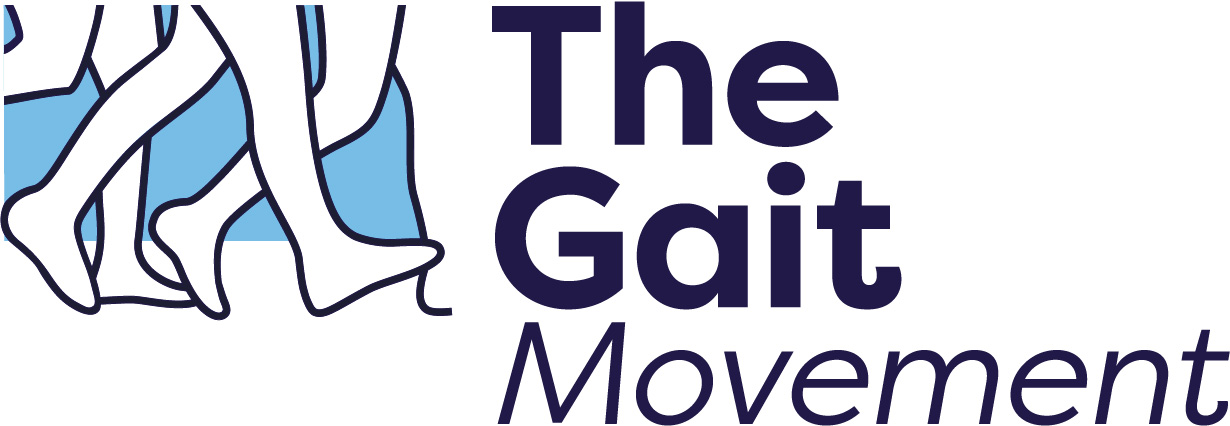Remember pronation is the name of a movement and not just a foot position. It is a natural and normal movement in gait that everyone and every foot type needs to do to transition their load at heel strike from the lateral heel, over to the big toe for propulsion.
We just give the name “pronated foot type” to those people who OVER PRONATE. I would argue that we should call the different foot types the “over-pronated”, the “neutral” and then “over-supinated”.
It’s a very important lesson to learn that all foot types will pronate, but there are really only 3 circumstances when pronation can be a problem in gait:
When the amount of pronation is asymmetrical
When the rate of pronation is very fast
When the duration of pronation is too long through gait
Asymmetries in Pronation
Asymmetries in movements and postures should always be investigated, because there is likely going to be compensations and muscle imbalances around this. This is a real can of worms to discuss in a blog, so I won’t go too fa down this rabbit hole. But for example, if one foot was more pronated than the other, start to consider things like: is there a rotation at the pelvis? Or is there a unilateral glute weakness?
Rates of Pronation, and the Supinated Foot Type
A fast rate (speed) of pronation is also a common issue, often implying a lack of control or strength to decelerate the foot. Interestingly, and perhaps unexpectedly, this is also an issue in the supinated foot type. The supinated (or cavus) foot type will STILL go through pronation. Infact, the range of pronation is quite significant when you think about it; when they start from an inverted calcaneus position at heel strike and loading heavily laterally, then they need to pronate all the way over onto their big toe for propulsion.
They will also go through this motion very rapidly to achieve this. It can be hard to see without a slow-mo camera and is deceptive because they will never make it to an “over pronated” position like the pronated foot type – but they still pronate!
Have you ever found yourself scratching your head and wondering why your supinated client is getting medial overload issues when they load so heavily laterally? Well it’s to do with this rapid pronation.
Pronation is typically slower in other foot types and acts to absorb shock; whereas in the supinated foot type, with a more rapid motion, less shock is going to be absorbed, and the medial structures, such as the medial band of the plantar fascia for example, can still become overloaded.
Duration of Pronation
In contrast to the supinated foot type, the pronated foot type can spend too long in pronation. Starting from an already everted calcaneus position at heel strike and their load being already medially deviated, reducing the capacity of the windlass mechanism to activate for strong propulsion and straining medial structures for a longer duration than they may be able to tolerate.
Addressing Overpronation
Orthoses can be used to slow the rate of pronation in the supinated foot type if the client is having issues related to this.
Orthoses can also be used in the pronated foot type to reduce the amount of over pronation to keep them more within normal limits and allow the windlass mechanism of the plantar fascia to engage for strong propulsion.
The prescriptions for each foot type will be quite different.
In both foot types strengthening the structures that are weak or prone to overload is important. Orthoses will provide structural support to overloaded structures, and improve the alignment of the foot and muscles for more efficient lines of pull. However symptoms should reduce quicker and are more likely to fully resolve even when barefoot if the tissues in question are strengthened. This will increase the client’s future resilience, overall capacity and reduce reliance on orthoses. Starting proximally, hip control should be evaluated, as it’s possible that the medial deviations could start all the way up there! And then of course lower limb strength should be assessed and developed, including triceps surae, tib post, etc.
I hope this blog has opened your mind to all the considerations of what pronation can mean. It’s not always bad, it’s normal. However, the word needs to be used more carefully with more context. Using it as an umbrella term is hazardous and leaves too much room for confusion.

